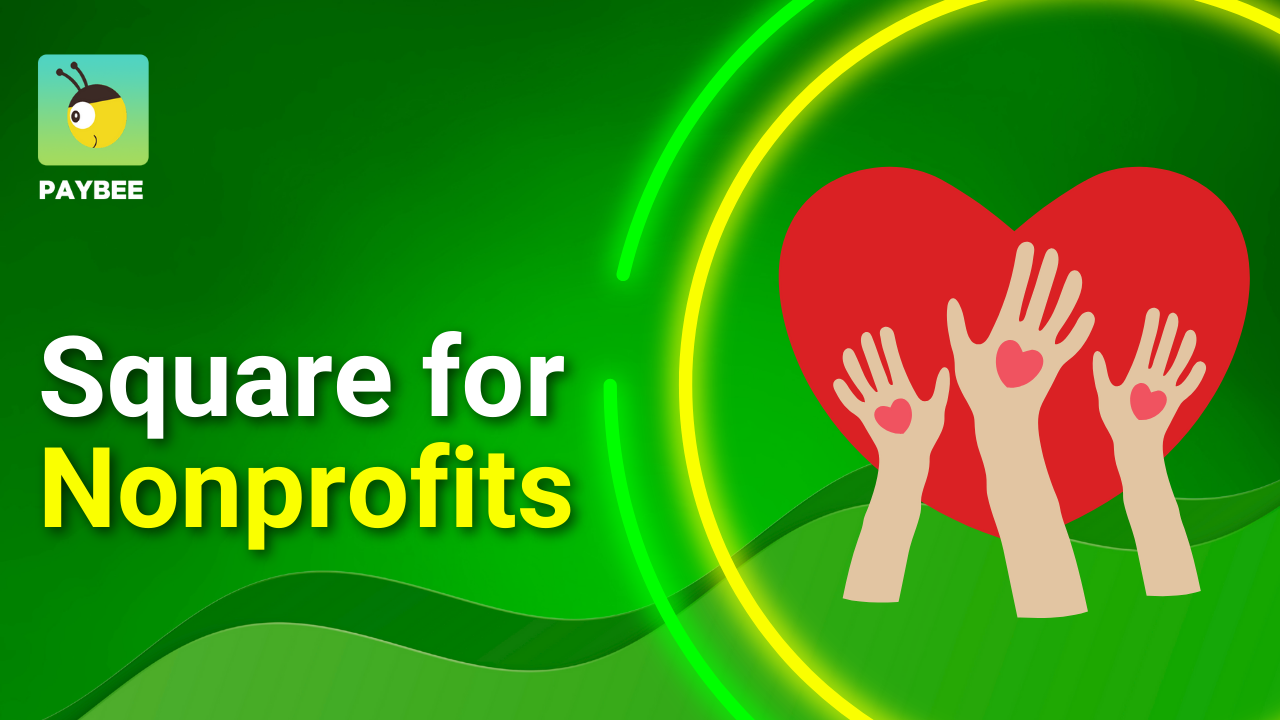
Building Global Bridges: Cultivating Meaningful Partnerships for Nonprofit Leaders
Building Global Bridges: Cultivating Meaningful Partnerships for Nonprofit Leaders
A central tenet of the nonprofit industry is this: relationship building is key. In order for nonprofits to accrue the resources needed to serve their beneficiaries adequately, nonprofits must partner with large organizations that share their goals. Whether they’re looking to provide disaster relief to displaced families, aid for those affected by international crises, or to address issues close to home, nonprofits’ efforts are powered by donors.
However, nonprofits know that even the most powerful donors have limited resources to give. A single donor can only provide so much, and the work of most nonprofits is ongoing. Drawing on a particular well consistently, and more so in times of crisis, can only work for a limited time before the water at the bottom dries up.
As such, nonprofits are constantly on the hunt for new donors, looking for ways to connect and cultivate relationships with other like-minded organizations. But how do you go about cultivating a major donor, especially when you start looking outside your geographic region?
Collaborating with globally based organizations can unlock a plethora of opportunities for nonprofits, empowering them to reach different demographics and draw from a wider pool of resources. But for most, especially smaller nonprofits, this is no easy task. We’re going to break down how to build bridges that span the globe, showing you how you can widen your pool of donors and positively impact new beneficiaries.
Unlocking Cross-Functional Collaboration
It may surprise you to know that building bridges across the globe starts with erecting a stable foundation at home. Before you reach out to new donors, you need to make sure that your team is able to come together as a cohesive whole, without data silos causing inefficient communication between teams. This capability is known as cross-functional collaboration, and it's one of the most important things you can unlock as an organization.
Why? Because it allows for:
- Remote and in-person teams to work together seamlessly across the globe
- Widespread awareness of project progress/milestones
- Granular insights into team member contributions
- Easy onboarding and offboarding
A few components are necessary to achieve this, including:
- The removal of information silos (where only segments of your company have access to vital data)
- A centralized hub for information gathering and sharing
- Communication-specific tools (Slack, Asana, Zoom)
Eliminating communication barriers, unlocking centralized data, and bringing the team together toward one goal builds your capacity, empowering your organization to steadily grow and accrue more resources over time. For our purposes, cross-functional collaboration is an essential component of a framework that will allow all teams to work towards one mission: securing donors globally.
Identifying Potential Partners
Centralizing your data will also unlock a deeper level of analytics – a capability that is key to cultivating relationships with global donors. Once you have access to this data, you should look for a few common indicators that could highlight a potential donor, including:
- Existing connections: Have you ever worked with this donor before? Have they worked with other organizations in that same vein? Do you have a way in with this organization?
- Capital: How many resources does this organization have access to? Do they have a track record of donating to similar organizations, and if so, how much?
- Capacity: Would this donor be able to support your organization when you’re addressing a crisis? If so, how much? Do they have a track record of sponsoring emergency asks before?
With these questions at the forefront, conduct research on well-known philanthropic donors in other regions. Take special note of causes they’ve donated to before, and consider how you can, in future steps, personalize your ask. By the end of your research, you should have a short list of potentially viable prospects.
Establishing Global Relationships
Now, we move to the hardest part: you know who you’re going to target, but how do you build relationships with them?
Connecting with international donors has three stages: the ask, the answer, and the action. We’ll briefly go over all three, give you some pointers so you can mock up your own solicitation strategy, and explain how all three stages are interlinked.
- The Ask: Also known as solicitation, this is often the first point of connection in a donor relationship. Your ask should be for a specific amount of money, as you want to define what your organization needs clearly and give them the opportunity to think about whether that’s reasonable for them. You should also personalize it, sharing how you believe you have a common cause and informing them of the nature of your organization.
- The Answer: Ideally, this is where your potential donor gives their response. If it’s positive, work out the logistics: how and when they plan to donate, and clearly communicating what that money will be used for. If it’s negative, thank them for their time, express your wish to work together in the future, and keep them in the loop with semi-regular updates about your organization’s good work.
- The Action: This step is the key to turning a short-term commitment into a long-term relationship. The actions you take with the donor’s resources, and your commitment to communicating the results back to the donor, will determine whether or not they choose to donate again in the future. Keeping them abreast of all the good you’re accomplishing with their resources is crucial.
Taking a potential donor through these three steps and executing each well builds a relationship with that donor, founded on communication, ethics, and trust. That goes double for global donors, who may not be able to see or hear about your impact firsthand without research.
Follow the above tips, and you’ll find yourself on solid ground laid by a supportive community of globally distributed donors.
Start Fundraising






